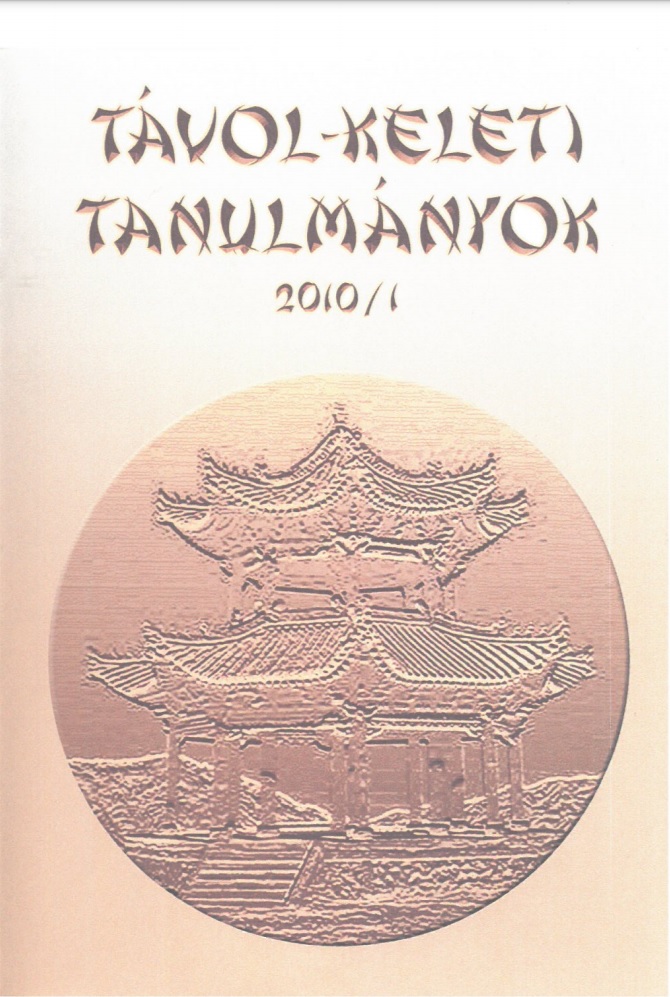Published 2011-03-17
How to Cite
Copyright (c) 2011 the author(s)

This work is licensed under a Creative Commons Attribution-NonCommercial 4.0 International License.
Abstract
Maintaining public order and controlling crime was one of the main tasks of traditional Chinese states, as public security was one factor that legitimated the rule of the dynasty. This was also the case during the first empires. The Early Han dynasty, continuing the practice of Qin, established a legal system and a network of officials to ensure the deterrence and punishment of criminals. Investigation usually started with a denunciation (gao 告), and was carried out by low-level local official. Authorities collected material evidence and questioned victims, witnesses and suspects with extraordinary care. The aim was to find out the truth about the case. Details of the procedure were strictly regulated by the state. However, at the end of the procedure only the confession of the suspect was considered satisfactory, so torture occurred to make him/her confess. While investigation and hearings were done by petty officials, decision was probably made by the county magistrate (xianling 縣令). In case of serious injustice, convicts could apply for a revision of their sentence. The paper deals with the details of the process of investigating, trying and sentencing during the Early Han dynasty. The analysis is mostly based on newly found primary sources such as the bamboo manuscripts from Zhangjiashan 張家山.
